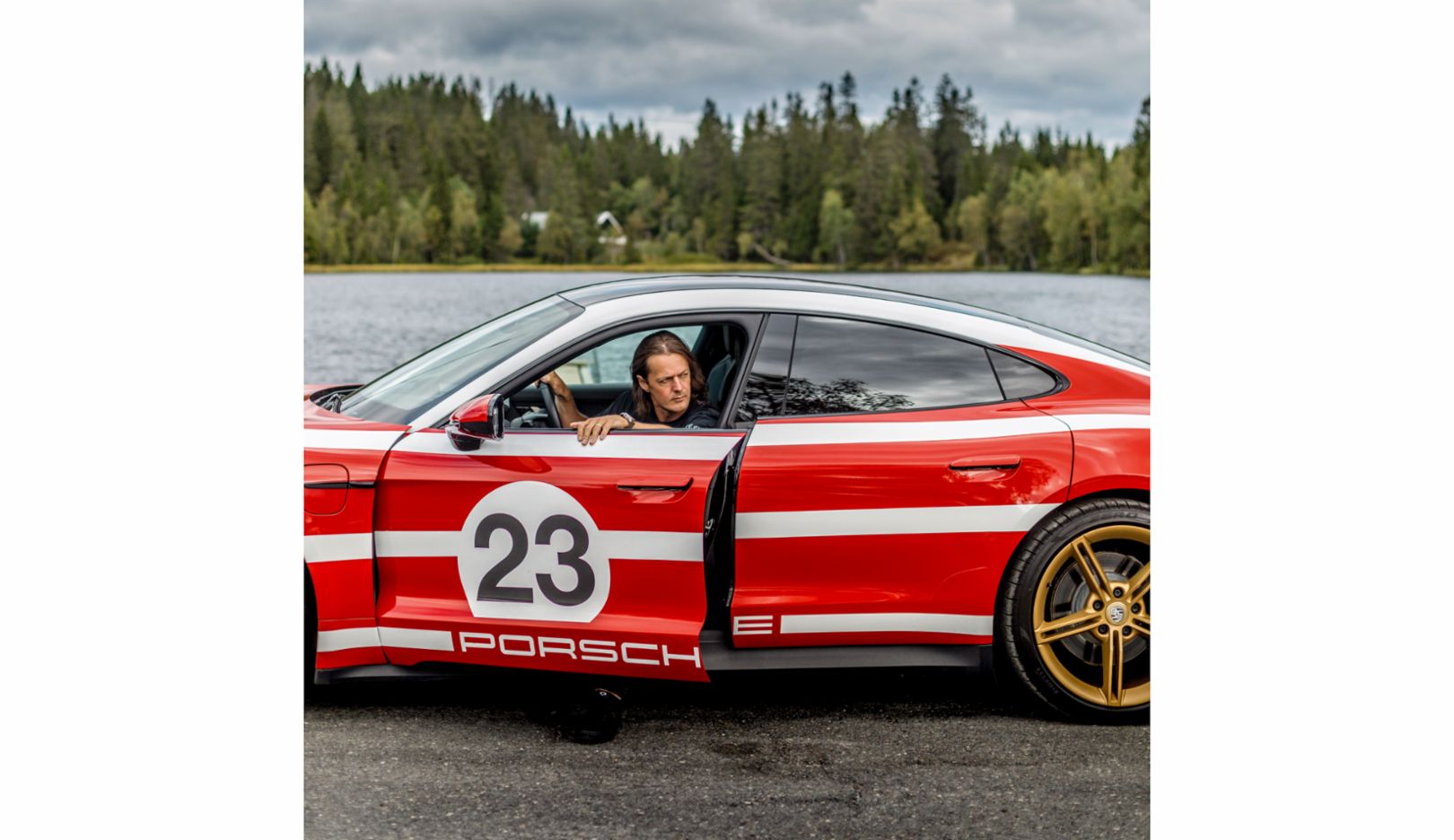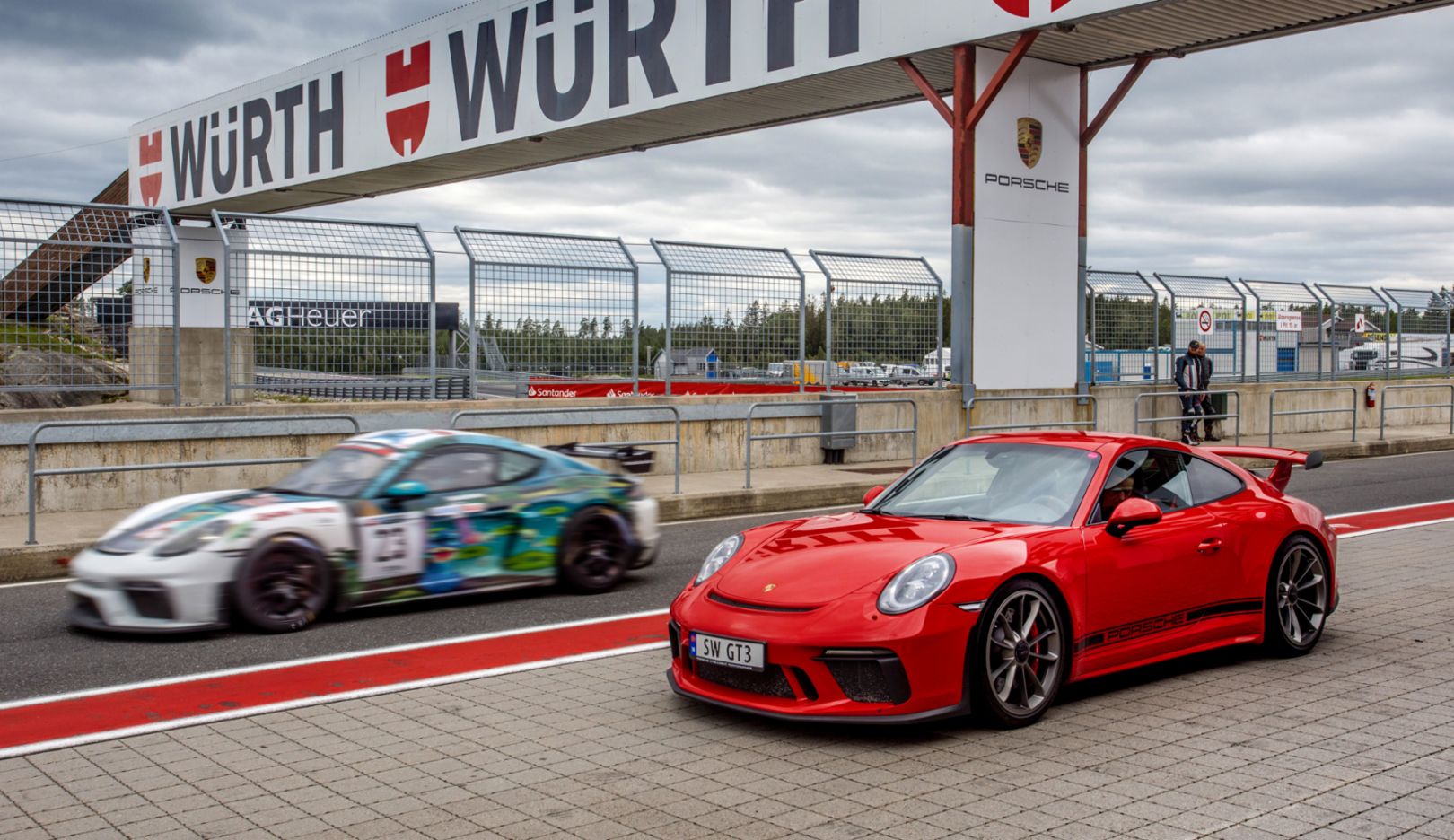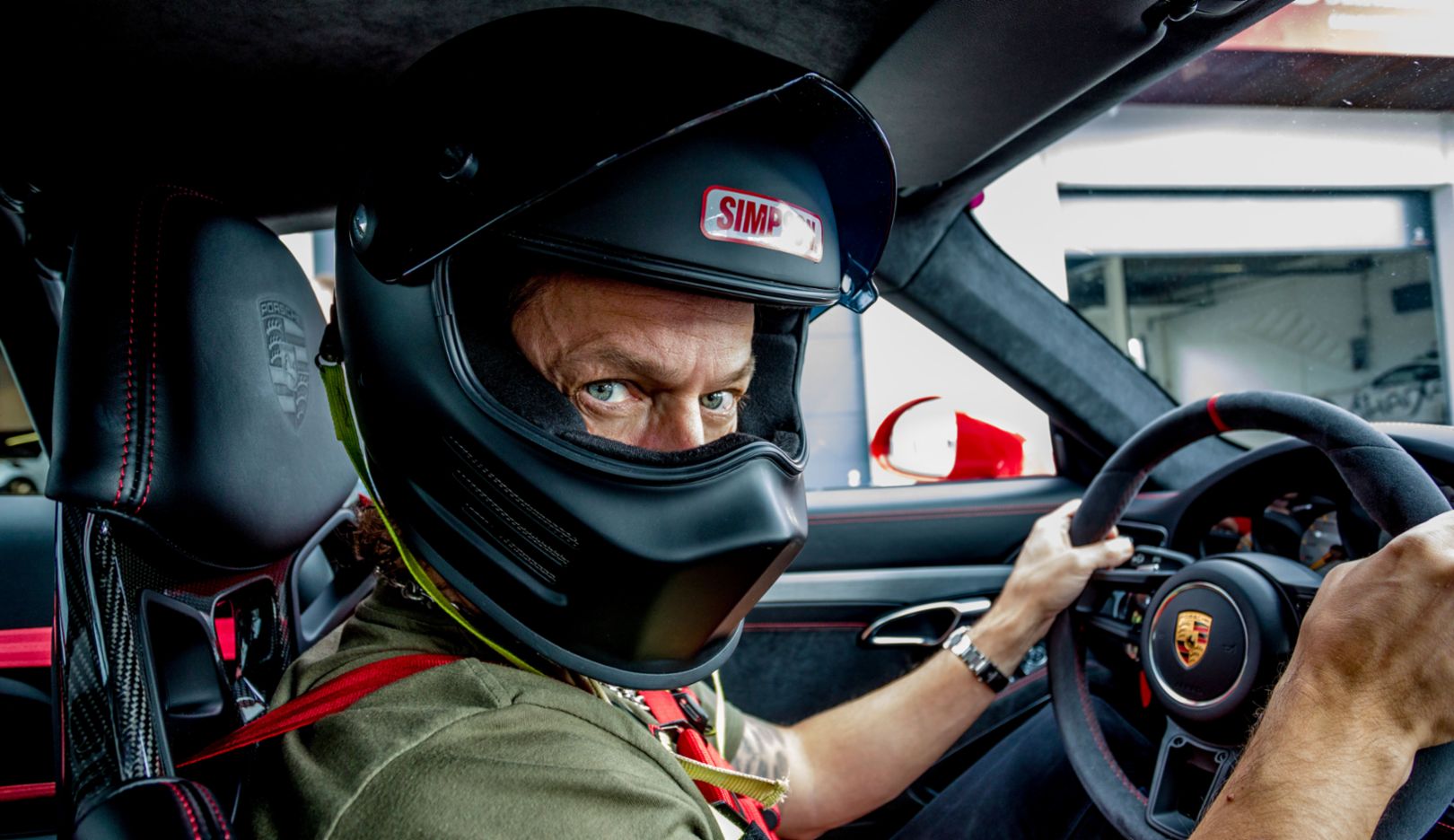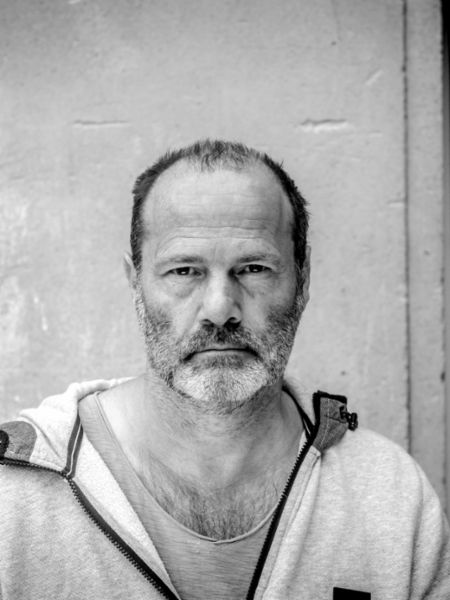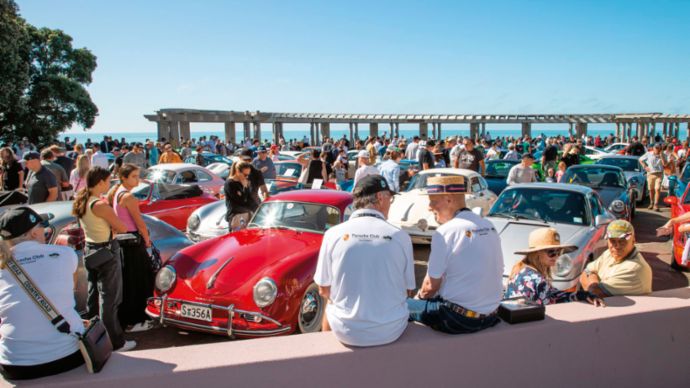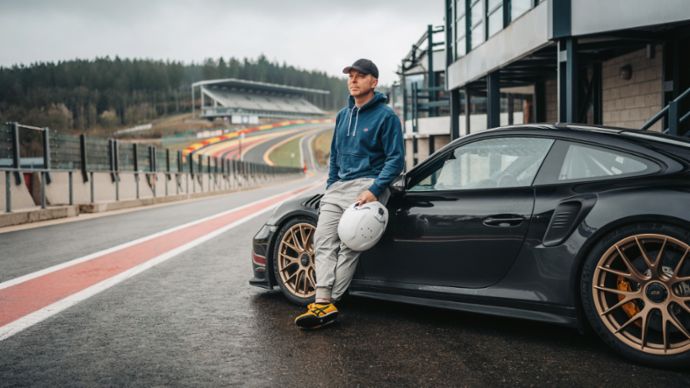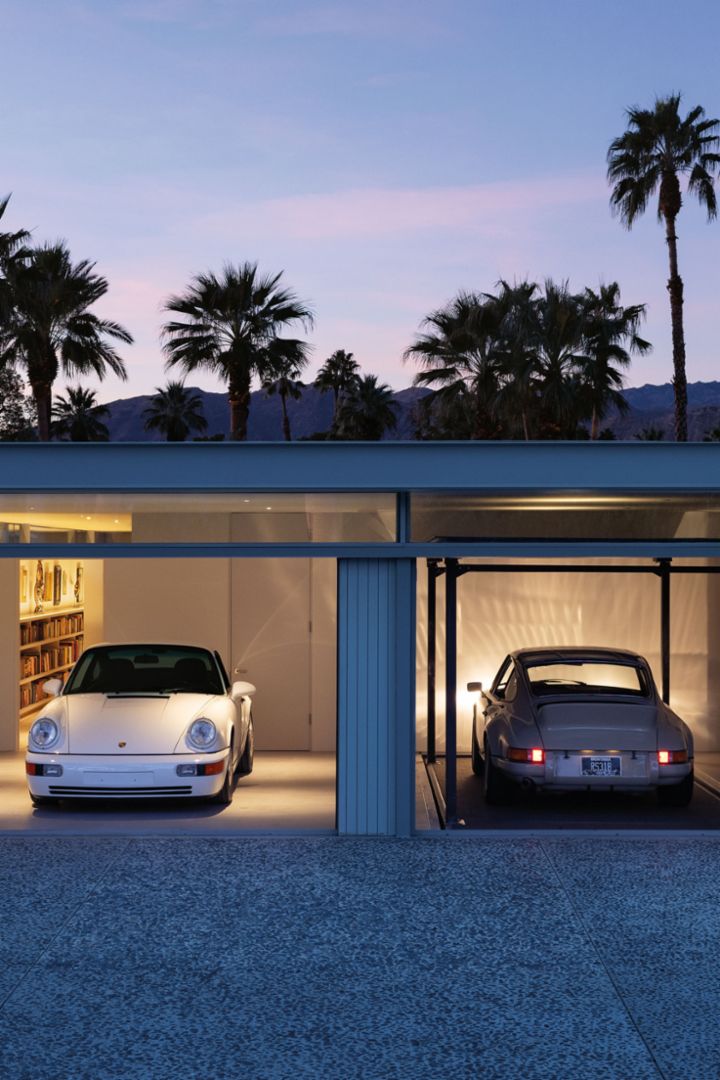Calm and Chaos
Sigurd Wongraven alternates between very loud and very quiet tones: as the front man of a black-metal band and as the composer of a soundscape for Edvard Munch. The combination of his two Porsche 911 GT3 and his Taycan forms the logical equivalent.
Only the rustling of the leaves can be heard when Sigurd Wongraven lies in his trekking hammock, which he stretches between two trees. Sometimes he needs silence. The vast forests around Oslo are his place of refuge. “I spend the night here and let the sound of darkness take effect on me. The moon, the smells, and the twinkling of the stars inspire me. That’s where many of my lyrics come from,” says the 46-year-old, who has become known internationally as the front man of the Norwegian black-metal band Satyricon. Even in winter, Wongraven takes evening trips on cross-country skis with a headlamp. Preferably away from the prepared trails, where experience in deep snow counts. He knows the pitfalls of nature – and treats them with respect. His personality is characterized by a self-confident sense of calm. This comes from the intensity with which he devotes himself to absolutely everything he does. Breaking down barriers and changing tempo are his specialty – a life that is like a composition of very loud and very quiet tones. If you experience him on stage in a black rocker outfit with morbid white makeup backed by a heavy beat, it is hard to imagine him dreaming in a hammock. The combination of powerful noise and soft tones continues in his garage: two Porsche 911 GT3 (991 and 992) share it with a Porsche Taycan 4S.
Wongraven has been living life in the fast lane since he left school at 17 without qualifications. Music was more important to him and he had obtained a recording contract with Satyricon. He wanted to span genres, create something new. And he was rooted in the then-young genre of black metal – a dark underground direction with a predominantly Scandinavian history. Wongraven learned to play the drums and later switched to guitar. Influenced by the forefathers of heavy rock, he was fascinated by the style of Black Sabbath guitarist Tony Iommi. His furious riffs in minor key are reflected in Wongraven’s special sound, which put Norway on the global metal map. As a founding member of Satyricon, Wongraven belongs to the first generation of the black-metal movement. A singer and songwriter who grumbles and snarls like a predatory animal in the song King. He developed this style himself and has been experimenting with it ever since, without ever losing his appreciation for old blues music. Wongraven can talk for hours about music and performances from Sydney to St. Petersburg. “The band’s territory is clubs and medium-sized halls,” he says, explaining the tour planning. “In stadiums, the contact with our special fans is lost.”
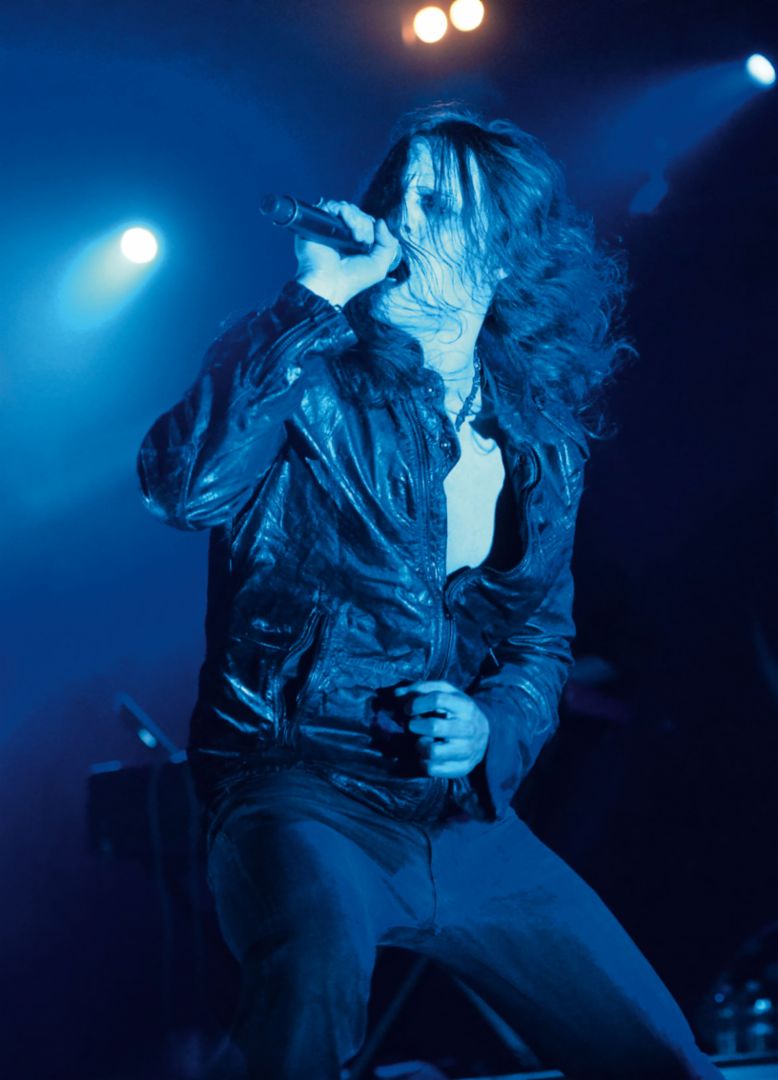
Fired up:
Wongraven’s musical roots lie in dark black-metal sounds. As the frontman, he stamped his authority on the band Satyricon.A multilayered tapestry of sound for works by Edvard Munch.
Between the Satyricon albums Volcano and Now, Diabolical, Wongraven followed another great passion: in his late twenties, he bought his first Porsche 911, a black Carrera 4 (993). The last one with air cooling, as he proudly emphasizes. “For me, the 911 has always been like a Les Paul, to draw a comparison with style-defining guitars. An absolute classic in form and sound.” He rocked his way through everyday life with the used car, transporting his snowboards to the slopes around the Holmenkollen himself. He challenged the Porsche, studied it in his own thorough way and stayed loyal to the brand. Through discovery and passionately delving deeper into the subject to reach a level of true expertise – that is also how the artist started his second career as a wine producer. That was after the success of the album The Age of Nero, released in 2008. “After almost 15 years with the band, I needed fresh impetus.” Cuvées bearing his name have long since become an established label.

Unity:
Becoming one with his guitar, Wongraven conjures up classic blues. Just one of his many passions.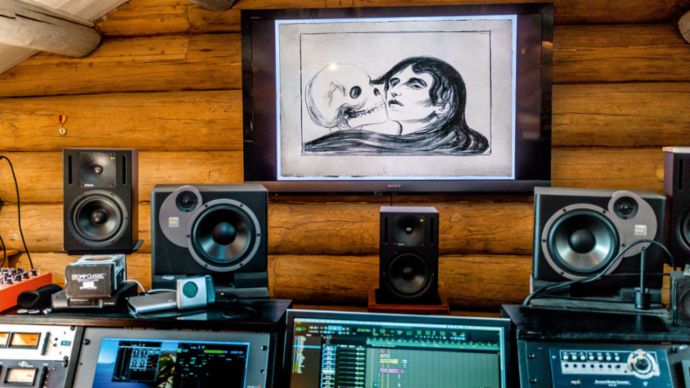
Freaky:
Sigurd Wongraven composes sounds for an Edvard Munch exhibition. “The Kiss of Death” hangs in the recording studio.“I let the sound of darkness take effect on me.” Sigurd Wongraven
Currently, a completely new chapter in his eventful life is being created in a farmer’s cottage made of dark-brown logs, converted into a high-tech recording studio with a wonderful Nordic ambience: a sound installation for a special exhibition in the spectacular Edvard Munch Museum, which protrudes like a cliff over the bank of Oslo harbor. Together with sound engineer Erik Ljunggren, who has previously sat behind the mixing desk with his colleagues from a-ha, Wongraven rolls out a multilayered musical tapestry. This will envelop a special selection of Munch’s extensive oeuvre in a cloud of sound. Satyricon & Munch is the name of the combination. The opening is on April 30, 2022. “Dealing with this master is the biggest challenge of my career so far,” admits the musician. “Munch’s harsh realism initially met with scandal. An antiestablishment figure who had to battle to assert himself. That fits with me!” Wongraven silently takes in the black-and-white lithograph The Kiss of Death – it is one of his favorites by Munch.
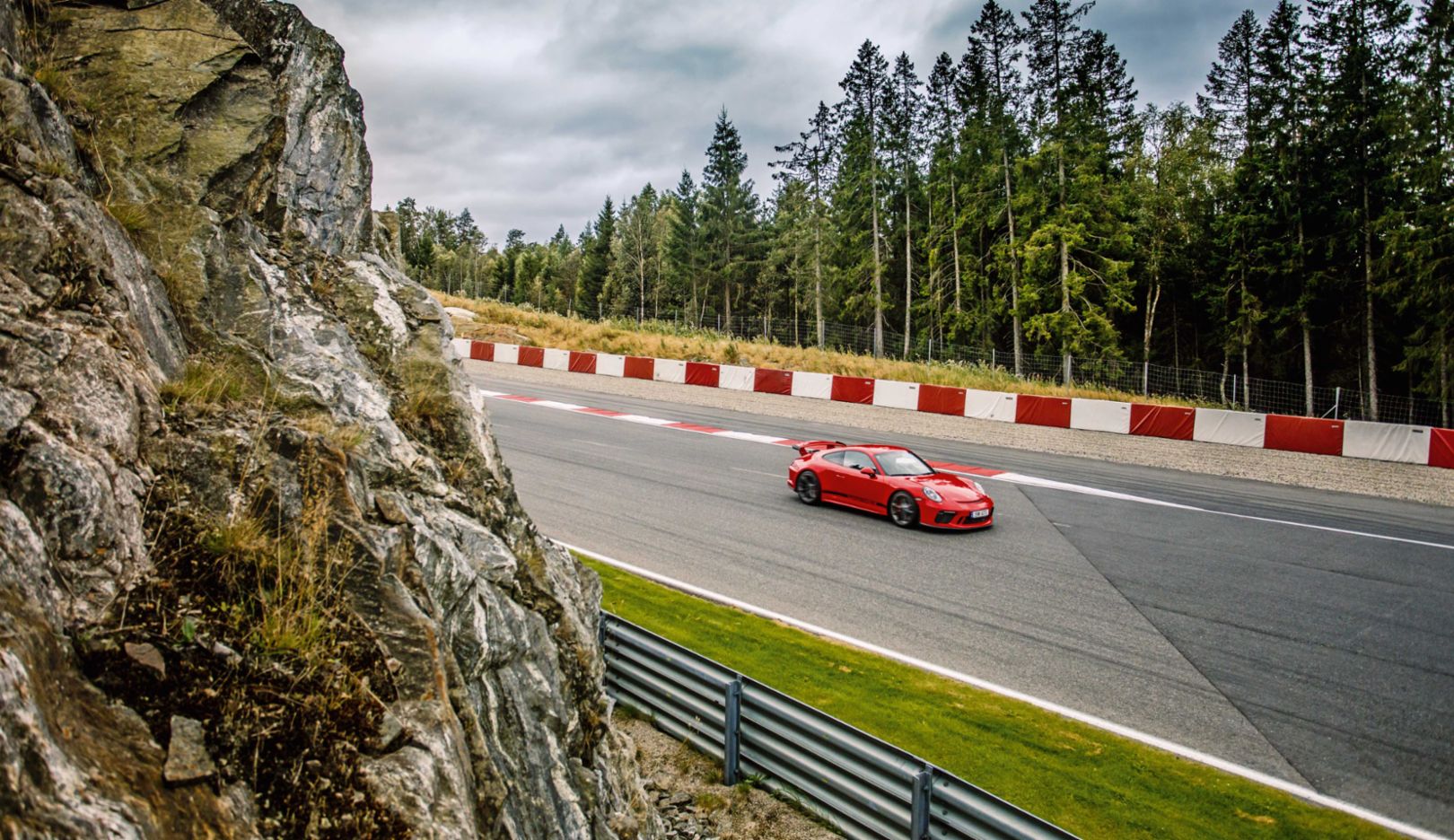
Freedom:
In the hunt for record lap times on the racetrack, the musician lets his loud side out at the wheel of the Porsche 911 GT3.After the silence, it’s time for the loud side to come out again: this time the Rudskogen Motorsenter provides the stage – a 3.25-kilometer racetrack designed by the German architect Hermann Tilke, the mind behind almost all modern Formula 1 racetracks. This is where the Oslo Porsche racing community meets. The metalhead reveals his course record with emphasis on the last decimal place – 1:32.7 minutes. “First you drive to knock off seconds, at some point that becomes tenths,” he explains. The Guards Red GT3 (991) with his initials on the license plate is another challenge to which he devotes himself meticulously. As a member of the Rudskogen Drivers’ Club, it took him a whole year to internalize the track and master the 368 kW (500 PS) sports car along every meter and in all maneuvers. In this environment, too, the high standards Wongraven sets himself are the foundation of the cool confidence with which he now analyzes the course. The name of the long, sloping straight sounds like the title of a metal album: ANGSTEN. And the bend that follows is a sharp change of direction perfectly suited to the habits of this driver, who is always on the hunt for new experiences.
A bridge between eras.
“Go with the flow” is a premise from hip-hop that Wongraven heeds as a fan of the hit New York group Beastie Boys. Since fall 2020, the father of two sons has been driving his Taycan 4S through Norway, the country with the world’s highest density of electric vehicles. He raves about acceleration and torque, and draws an extensive comparison between the switch from the GT3 to the electric sports car and a change of guitar. The fact that his Taycan attracts attention at every Oslo traffic light is not only due to the exclusivity of the brand: the free spirit has had the legendary Salzburg design added to the exterior as a decal. A moving memento of the Porsche 917, with which Hans Herrmann and Richard Attwood clinched the first Porsche overall victory at the 24 Hours of Le Mans in 1970. “The inspiration came from Porsche Cars North America,” he says, “to mark the launch in Florida, the Taycan was presented in four famous racing looks.” However, pure nostalgia is not a relevant factor for the avant-gardist. What matters is that the design with the emblematic start number 23 symbolizes a bridge between two automotive eras. “I’m learning to appreciate electric driving more and more. It is a positive development and one that is irreversible. At the same time, I enjoy every ride in the GT3. And above all,” concludes Sigurd Wongraven, “I’m excited to see what the next challenges will be!”
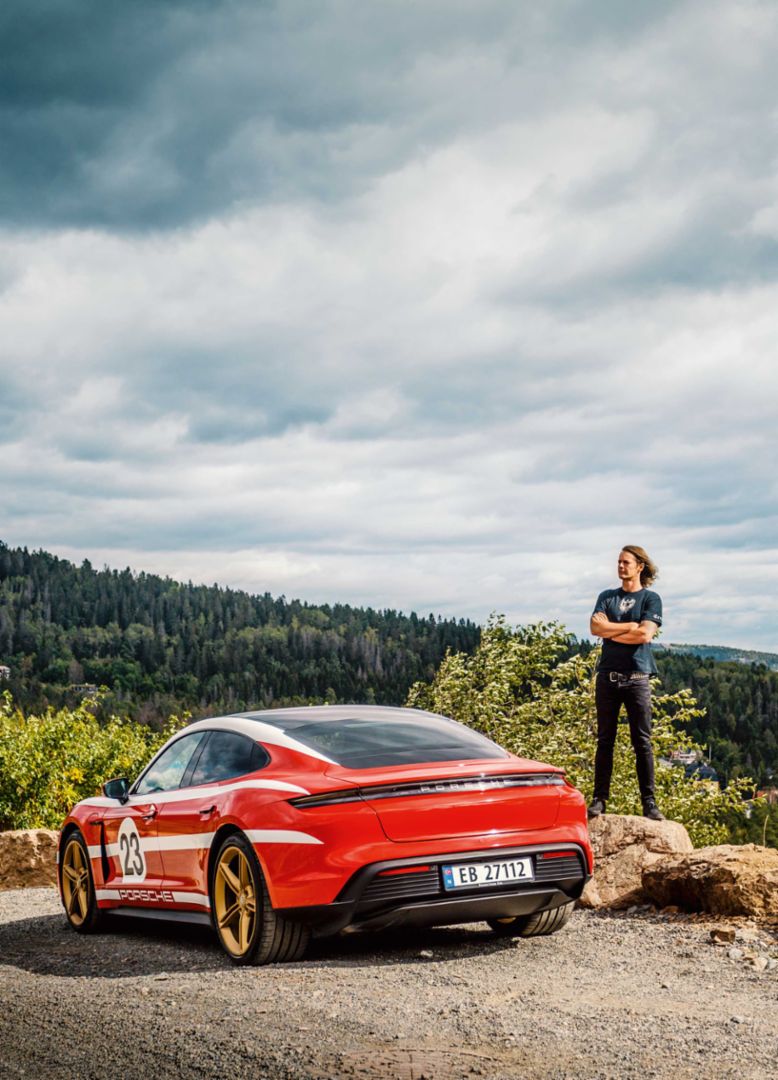
Memento:
Wongraven’s Porsche Taycan 4S bears the Salzburg design of the brand’s first overall victory at Le Mans.SideKICK: Wongraven Wines
Sigurd Wongraven brings together music and sustainably produced wine from top vineyards. He gives enological lectures, trains sommeliers, and has established his own wine label. When it comes to white wines, he swears by German Riesling grapes, which he turns into a Wongraven cuvée together with local producers in Deidesheim in Rhineland-Palatinate. He also makes his own creations in France and Italy from Champagne and Barolo grapes. In 2020, Wongraven Wines sold more than two million liters of wine in Norway. After Sweden and Finland, he has his sights set on further export markets.
Consumption data
911 GT3 (2023)
Taycan 4S (2023)
-
24.1 – 19.8 kWh/100 km
-
0 g/km
-
A Class



